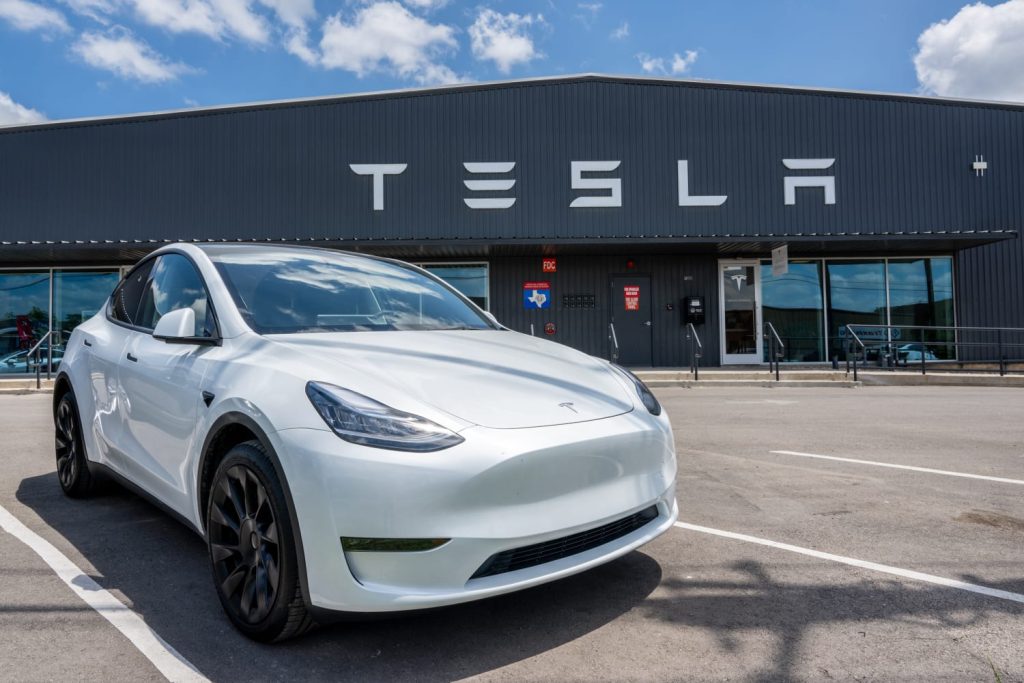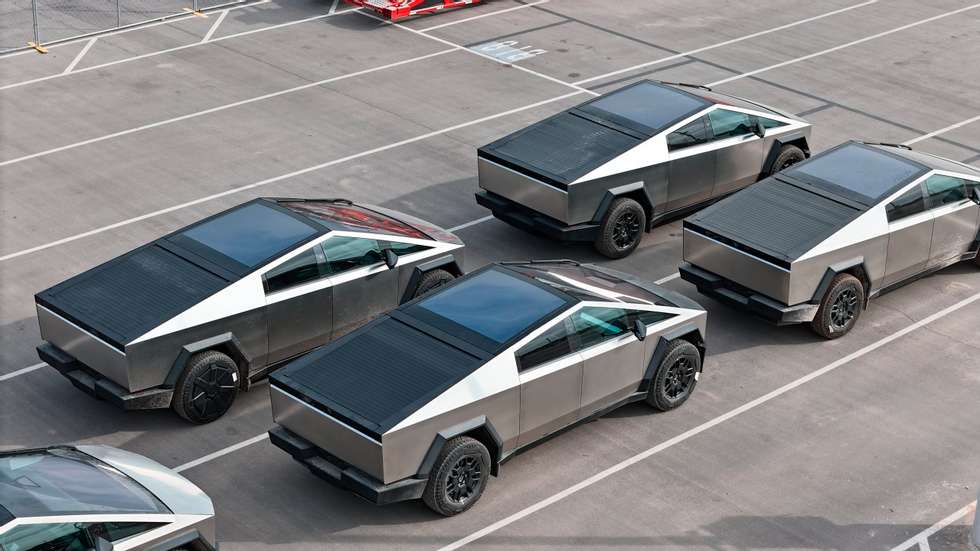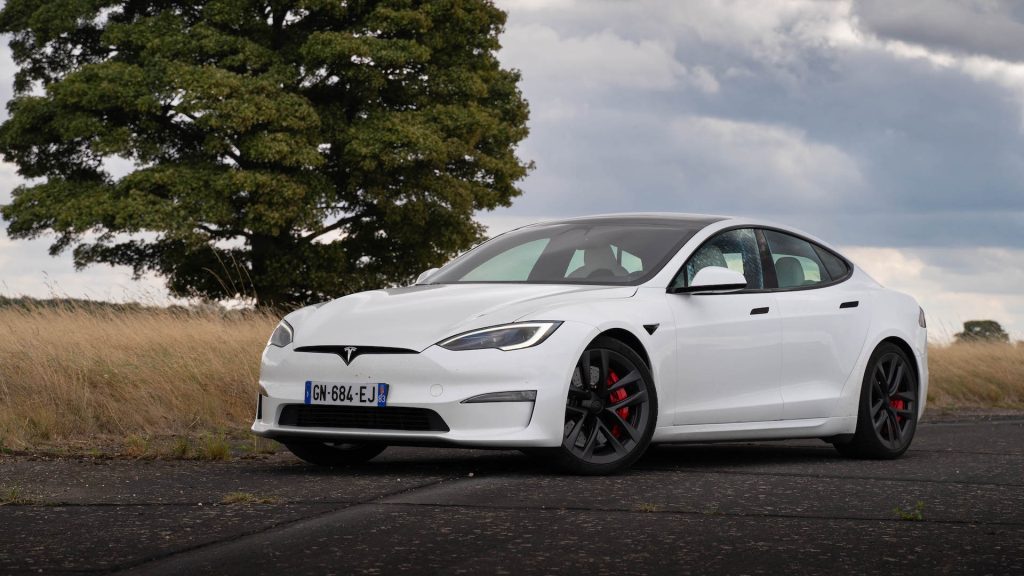When Tesla was founded in 2003 by Martin Eberhard and Marc Tarpenning, few could have predicted the seismic shift it would bring to the automotive industry. Under the leadership of Elon Musk, who joined shortly after as an investor and later became the CEO, Tesla has become synonymous with innovation, sustainability, and groundbreaking technology. From electric vehicles (EVs) to renewable energy solutions, Tesla’s impact extends far beyond cars. Let’s take an in-depth look at Tesla’s journey, its core innovations, and its broader significance.
The Birth of a Disruptor
Tesla’s mission, “To accelerate the world’s transition to sustainable energy,” reflects its commitment to addressing global environmental challenges. In its early years, the company focused on proving that electric vehicles could be as fast, stylish, and practical as their gasoline-powered counterparts. The debut of the Tesla Roadster in 2008 shattered stereotypes about EVs, showcasing a car that could achieve a range of 245 miles on a single charge and accelerate from 0 to 60 mph in just 3.7 seconds.

Game-Changing Models
Tesla’s journey to mainstream success is largely credited to its lineup of electric vehicles, each designed with cutting-edge technology and unmatched performance:
1. Model S
Launched in 2012, the Model S set new standards for luxury electric sedans. It offered an impressive range of over 400 miles (in later versions), advanced autopilot capabilities, and a sleek design. The Model S proved that EVs could compete with and even surpass traditional luxury vehicles.
2. Model X
In 2015, Tesla introduced the Model X, a luxury SUV with unique falcon-wing doors and seating for up to seven passengers. It combined practicality with high performance, solidifying Tesla’s position as a leader in EV innovation.
3. Model 3
The Model 3, launched in 2017, was Tesla’s breakthrough moment in achieving mass-market appeal. With a starting price significantly lower than its predecessors, the Model 3 became the world’s best-selling EV. It balanced affordability, performance, and cutting-edge technology, making electric vehicles more accessible.
4. Model Y
Tesla expanded its lineup further with the Model Y, a compact SUV launched in 2020. Sharing many components with the Model 3, the Model Y catered to the growing demand for crossover vehicles.
5. Cybertruck and Semi
Tesla has also ventured into other vehicle segments, with the futuristic Cybertruck and the Tesla Semi for commercial use. The Cybertruck, with its bold, angular design and impressive capabilities, aims to redefine the pickup truck market, while the Semi targets sustainable freight transportation.

Revolutionary Technology
Tesla’s success is deeply rooted in its technological innovations:
1. Battery Technology
Tesla’s advancements in lithium-ion battery technology have been a cornerstone of its success. The company’s Gigafactories, sprawling production facilities, manufacture batteries at scale, reducing costs and improving efficiency. Tesla’s research into battery chemistry, such as its development of 4680 cells, promises to further enhance energy density and reduce production costs.
2. Autopilot and Full Self-Driving (FSD)
Tesla’s Autopilot system, introduced in 2014, uses advanced sensors, cameras, and AI to assist drivers with steering, braking, and acceleration. While not yet fully autonomous, Tesla’s Full Self-Driving (FSD) package represents its vision for a future where cars can drive themselves entirely.
3. Over-the-Air Updates
One of Tesla’s most unique features is its ability to update software remotely. This allows Tesla owners to benefit from performance enhancements, new features, and bug fixes without visiting a service center.
4. Supercharger Network
Tesla has built an extensive network of Supercharger stations globally, enabling convenient long-distance travel for its customers. These high-speed chargers can provide up to 200 miles of range in just 15 minutes, addressing one of the biggest concerns about EVs: charging infrastructure.
Beyond Automobiles
Tesla’s ambitions extend far beyond vehicles. The company is a major player in the renewable energy sector:
1. Solar Energy
Through its Solar Roof and solar panel products, Tesla aims to make clean energy generation more accessible. The Solar Roof integrates seamlessly into homes, combining aesthetics with functionality.
2. Energy Storage
Tesla’s Powerwall and Powerpack products store energy for residential and commercial use, enabling users to reduce reliance on the grid and maintain power during outages. These solutions are integral to creating a sustainable energy ecosystem.
3. Energy Trading
In some regions, Tesla has launched initiatives to allow households with solar panels and Powerwalls to trade excess energy back to the grid, creating decentralized energy systems.
Challenges and Criticisms
Despite its successes, Tesla faces several challenges:
Production Scaling: Meeting the growing demand for its vehicles while maintaining quality has been a persistent challenge.
Competition: Legacy automakers and new entrants are aggressively pursuing the EV market, leading to increased competition.
Autopilot Safety Concerns: Tesla’s Autopilot system has faced scrutiny following accidents, raising questions about its readiness for full autonomy.
Workplace Practices: Tesla has been criticized for its workplace culture, including allegations of long hours and safety issues in its factories.
The Tesla Legacy
Tesla has undeniably reshaped the global perception of electric vehicles and sustainable energy. It has inspired a wave of innovation across industries, pushing traditional automakers to accelerate their EV plans and sparking advancements in renewable energy. While challenges remain, Tesla’s vision and technological prowess continue to drive progress toward a greener, more sustainable future.
As we look ahead, Tesla’s influence will likely grow, not just as a car company, but as a transformative force in the global transition to sustainability. Whether through autonomous driving, energy solutions, or its bold ventures like the Mars mission (via SpaceX), Tesla’s journey is far from over. It’s not just a company—it’s a movement.



